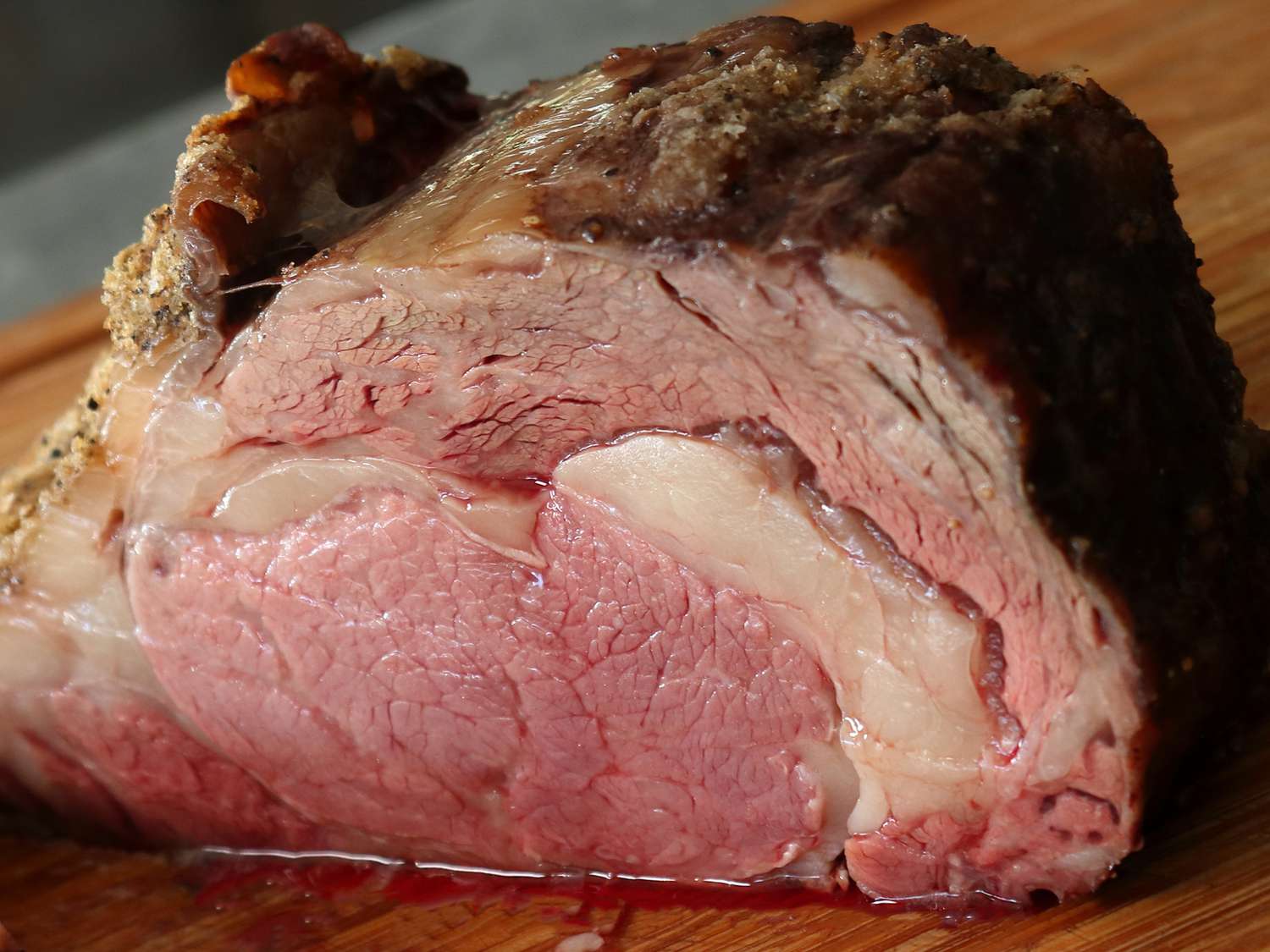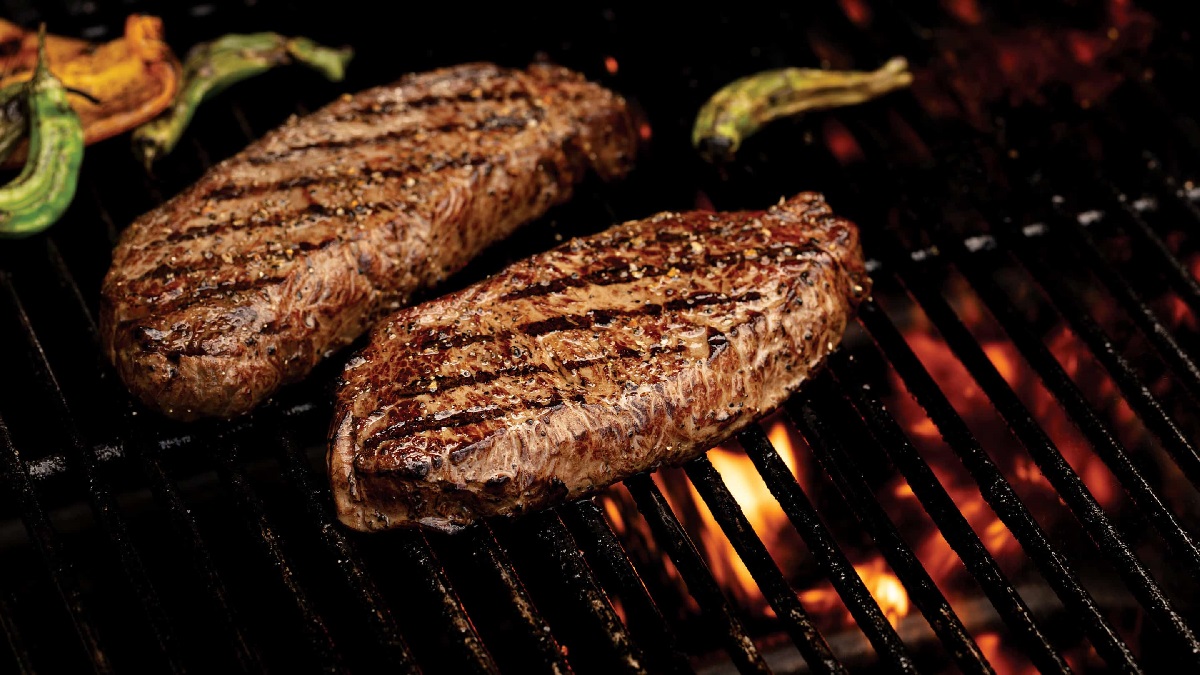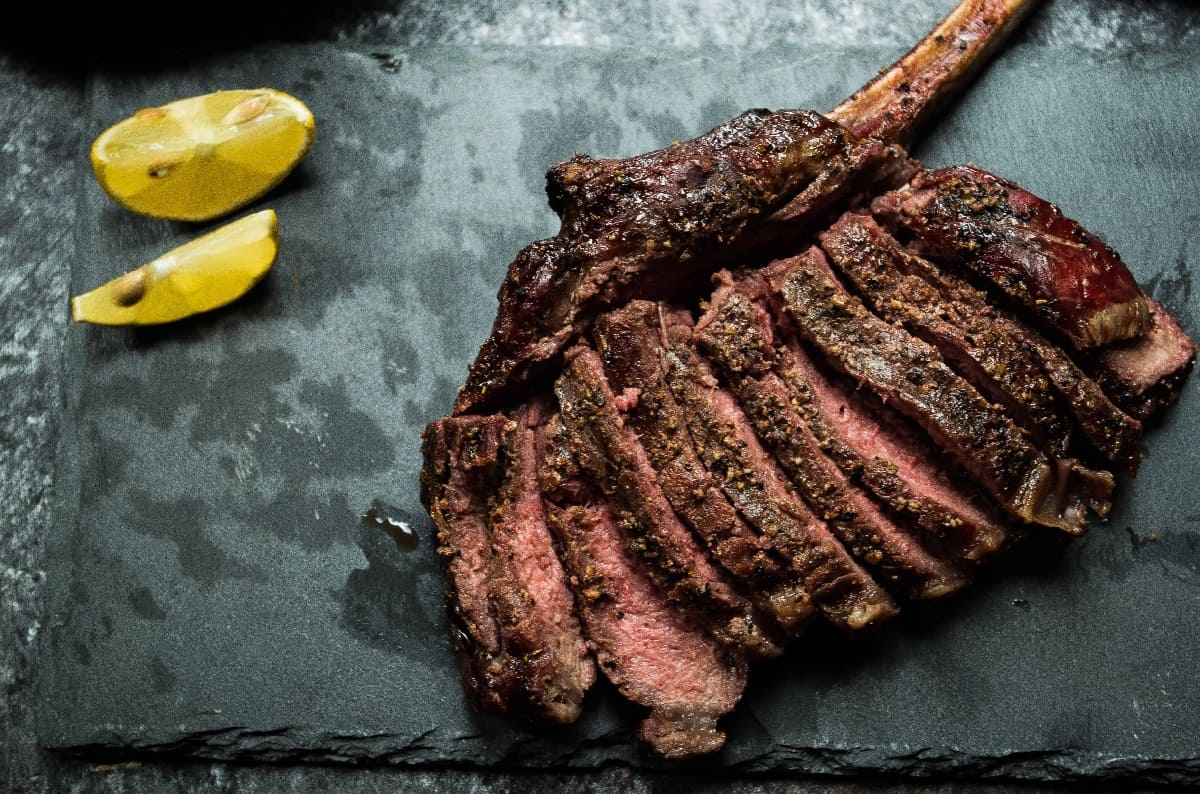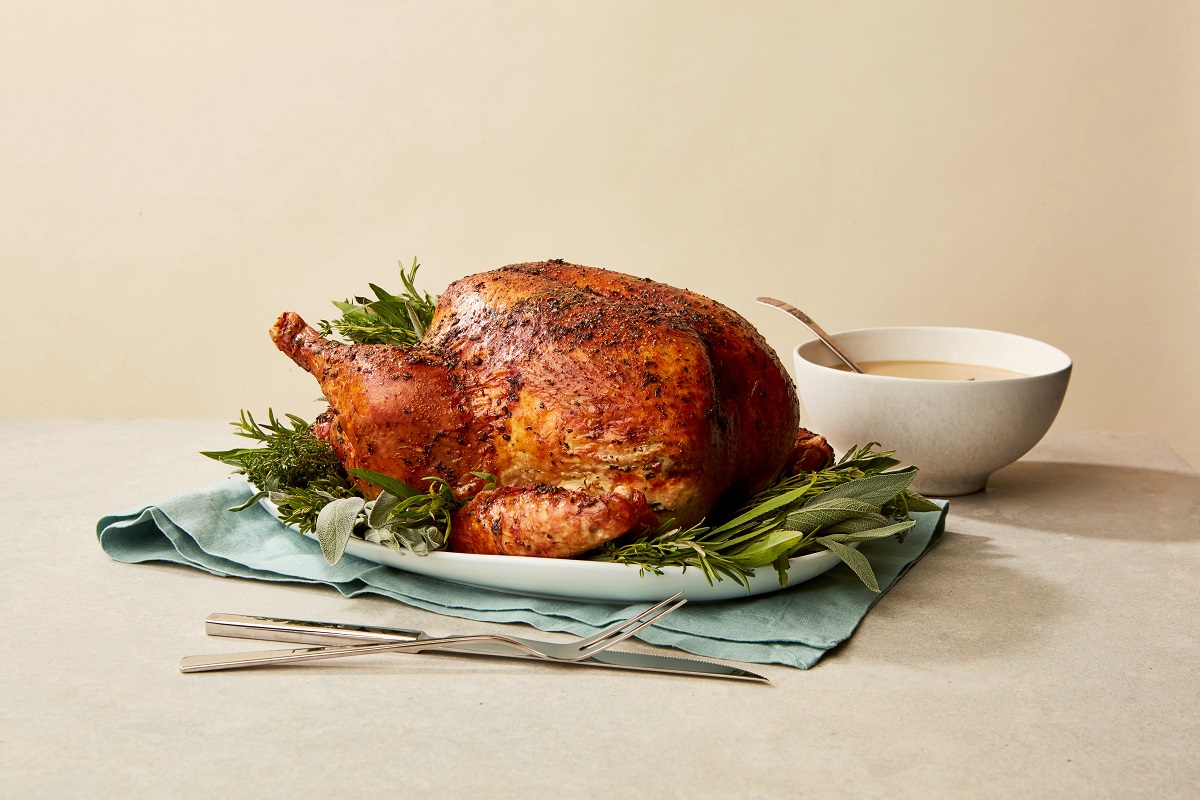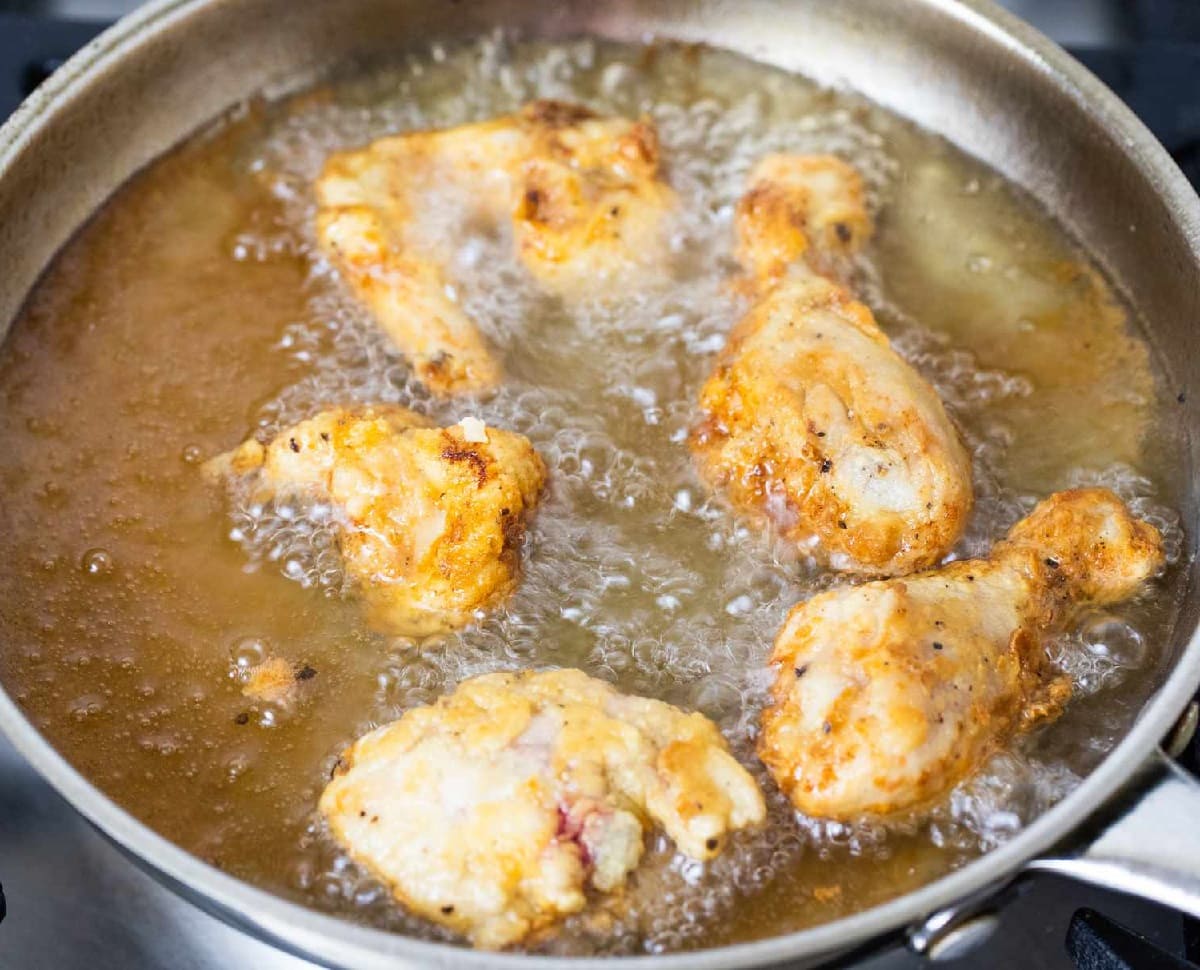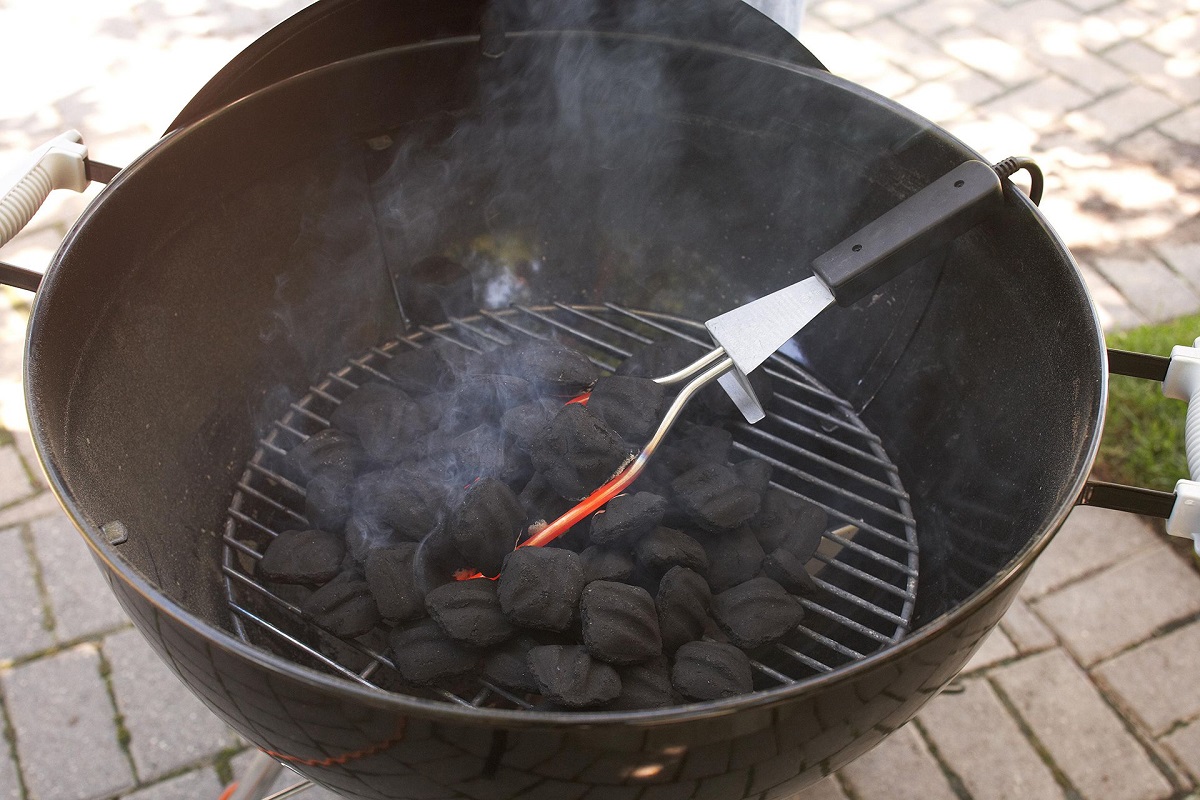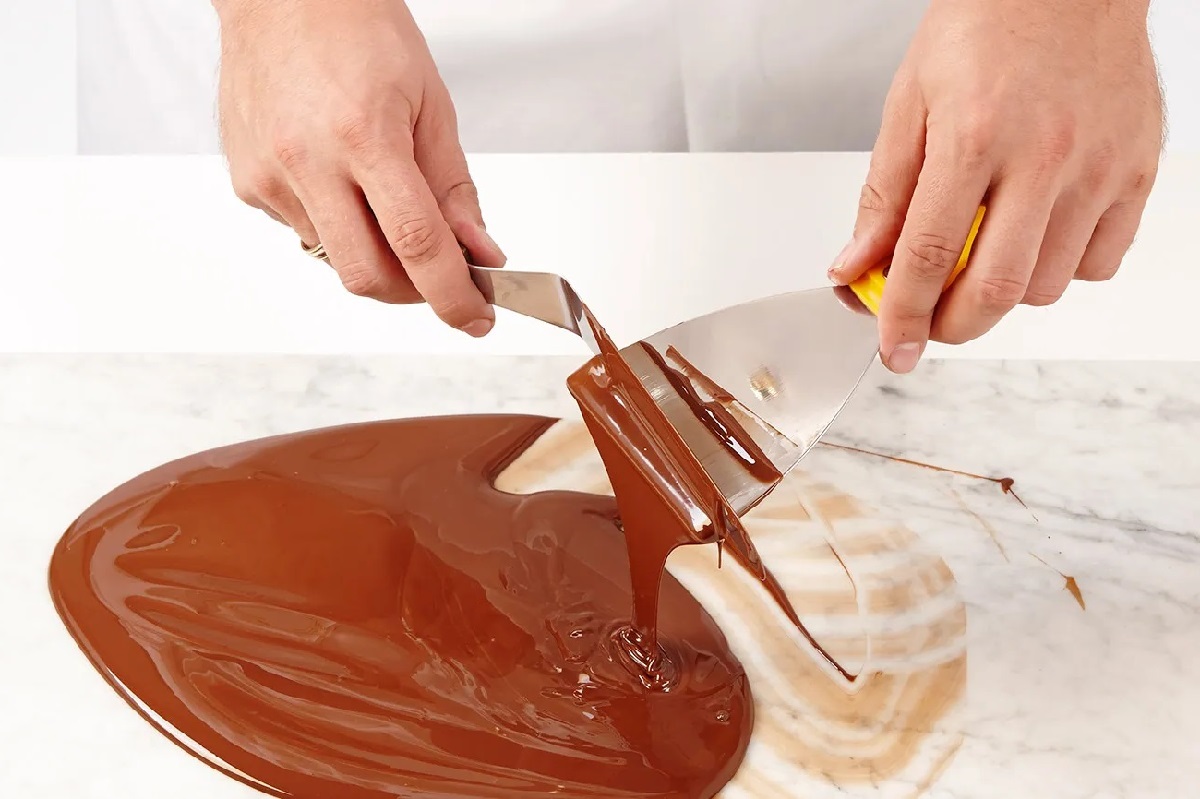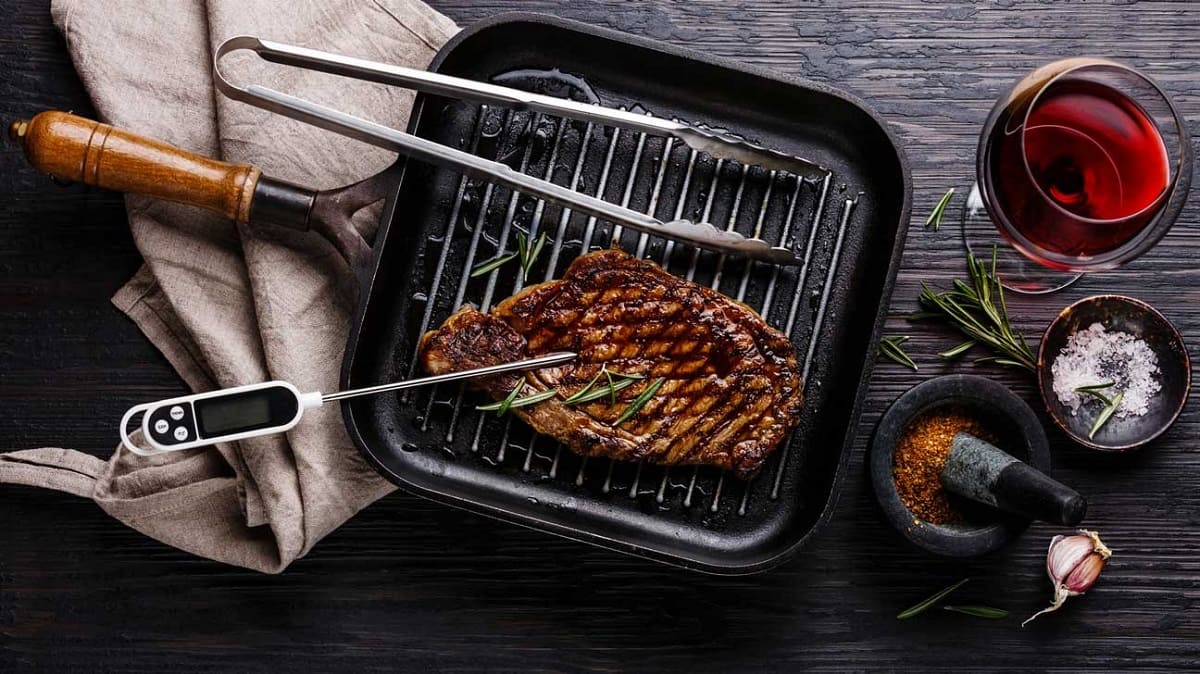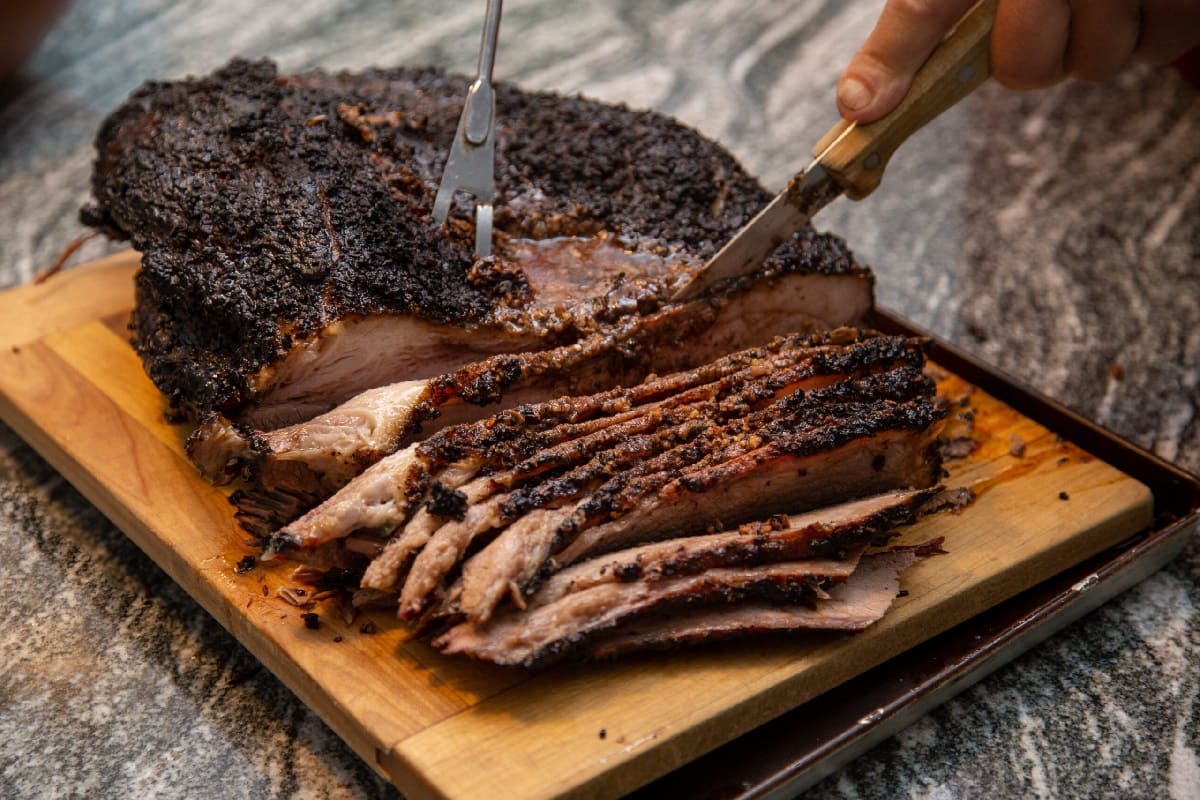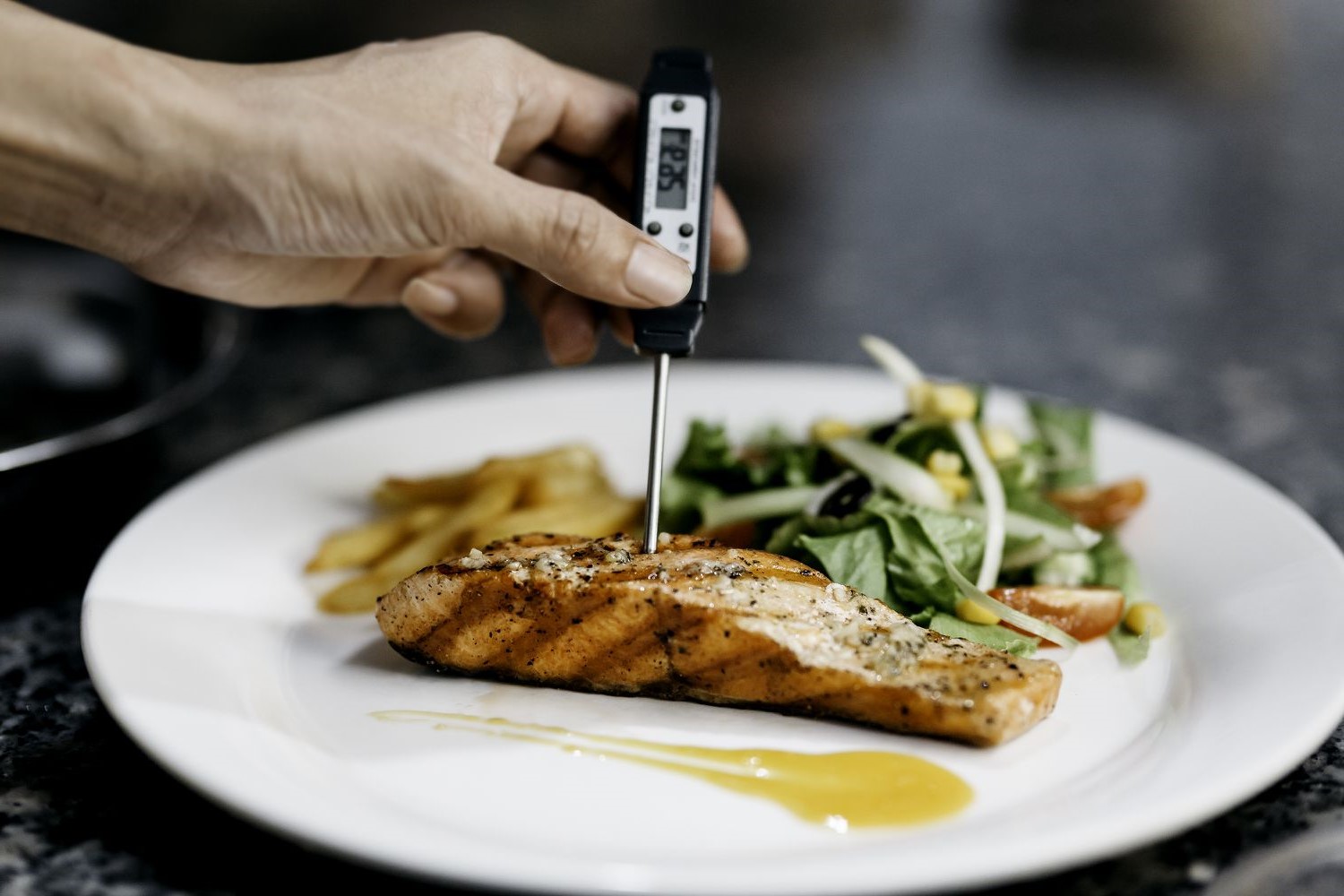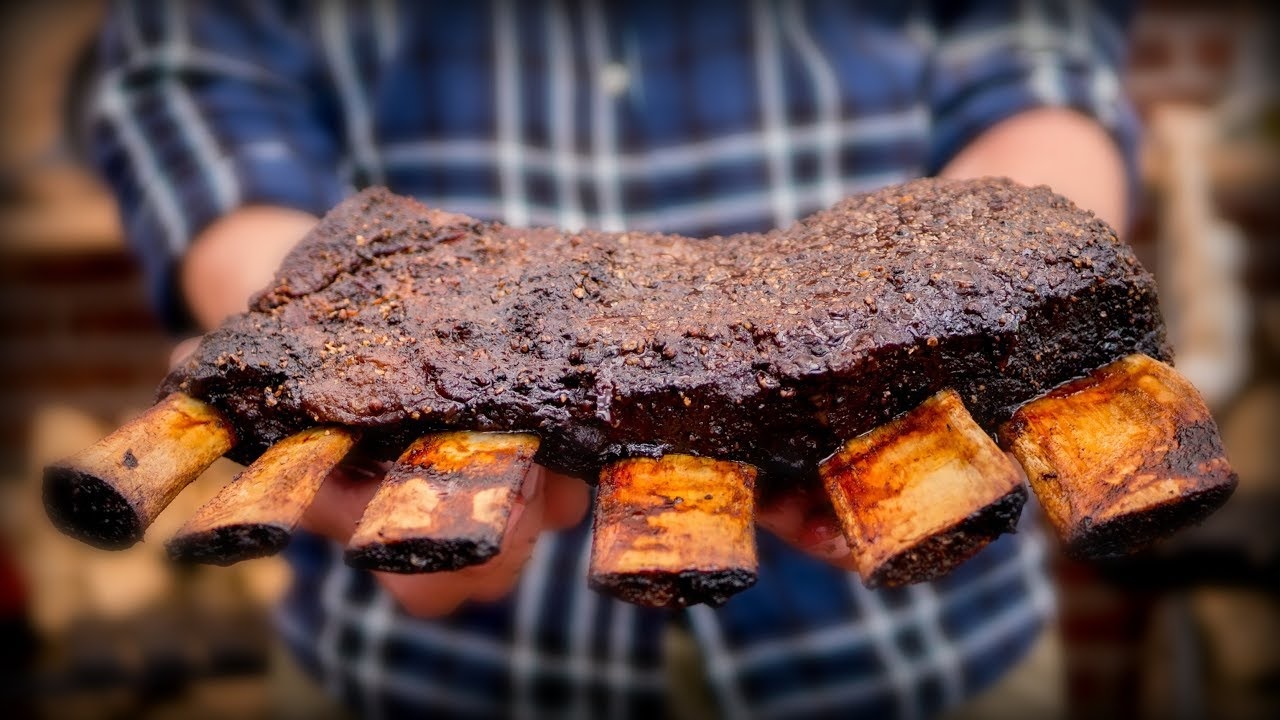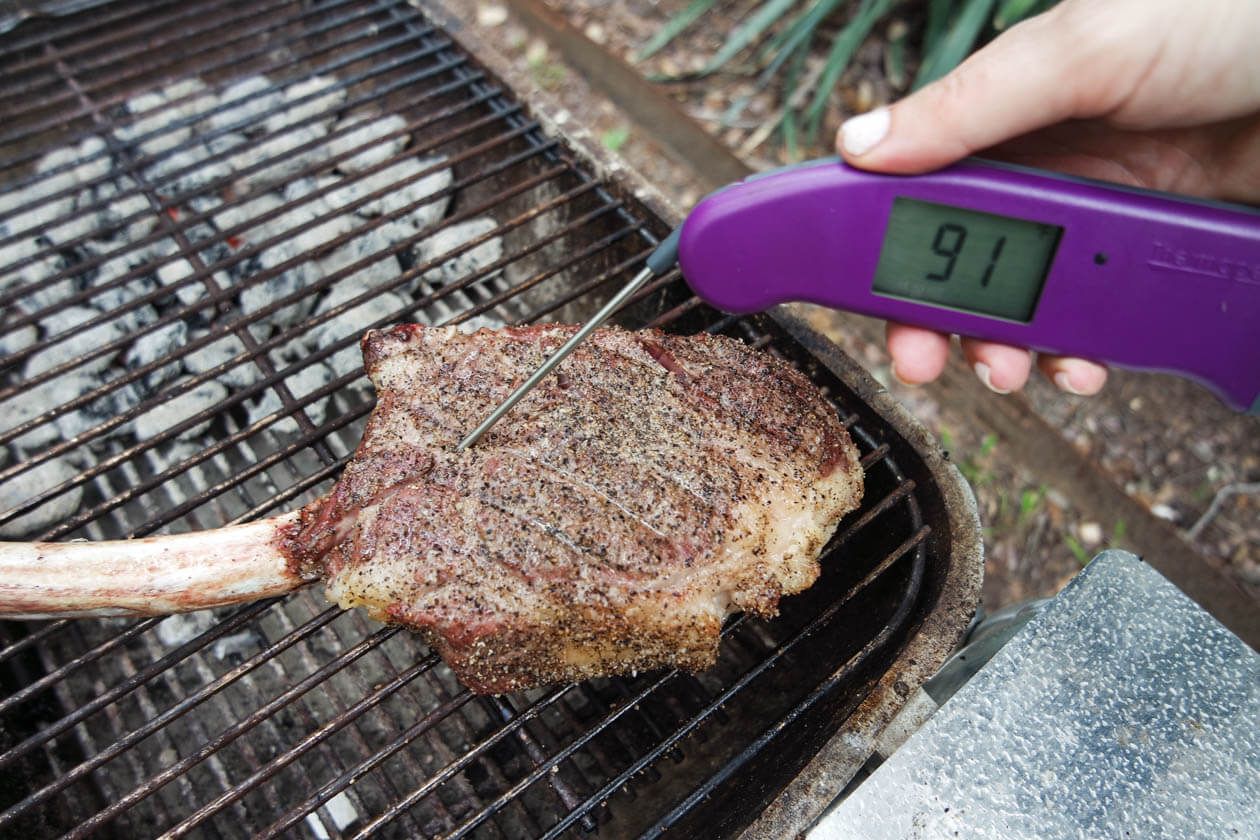Home>Culinary & Beverages>Perfecting The Art Of Cooking A Medium Steak
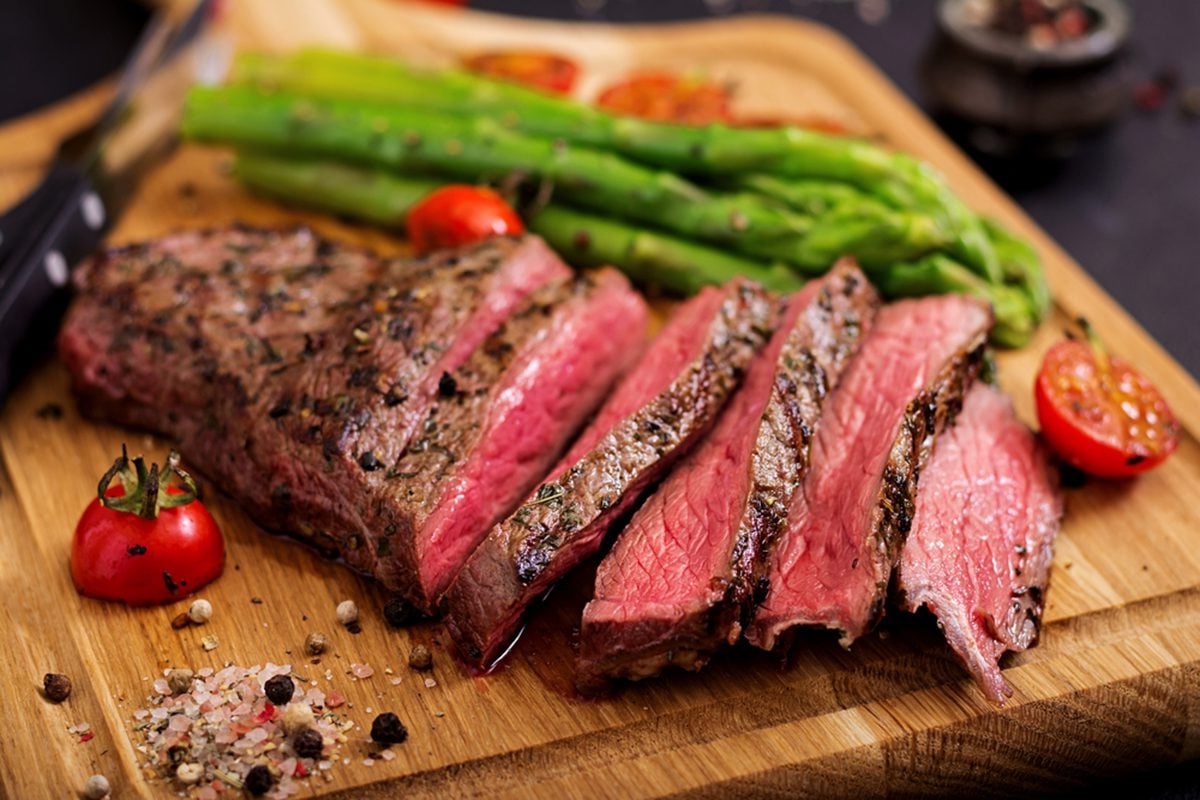

Culinary & Beverages
Perfecting The Art Of Cooking A Medium Steak
Published: February 21, 2024
Learn the secrets of cooking a perfect medium steak with our culinary and beverages expertise. Elevate your cooking skills and impress your guests.
(Many of the links in this article redirect to a specific reviewed product. Your purchase of these products through affiliate links helps to generate commission for Temperatures.com, at no extra cost. Learn more)
Table of Contents
Understanding the Importance of Temperature
Temperature plays a crucial role in the art of cooking a perfect medium steak. Understanding the impact of temperature on the cooking process is essential for achieving the desired level of doneness and flavor. Whether grilling outdoors or searing in a pan, the right temperature sets the stage for a delectable dining experience.
When it comes to cooking steak, the initial temperature of the meat and the cooking environment are both significant factors. The internal temperature of the steak before it hits the grill or pan influences the cooking time and the final result. Additionally, the cooking surface, whether it's a grill grate or a hot skillet, must reach the appropriate temperature to create the desired sear and caramelization on the steak's exterior.
Moreover, understanding the concept of temperature zones is vital for controlling the cooking process. For instance, when grilling, having different temperature zones allows for searing the steak over high heat to develop a flavorful crust and then moving it to a lower-temperature zone to ensure even cooking without charring the exterior.
Furthermore, the impact of resting temperature should not be overlooked. Allowing the steak to rest at room temperature before cooking promotes more even cooking and prevents the meat from seizing up when it hits the heat source. This simple step can make a significant difference in the steak's texture and juiciness.
In essence, mastering the art of cooking a medium steak begins with a deep understanding of temperature. From the initial temperature of the meat to the heat of the cooking surface and the resting temperature, every aspect contributes to the final outcome. By recognizing the importance of temperature and how it influences the cooking process, one can elevate their steak-cooking skills and savor the perfect medium steak with every bite.
Selecting the Right Cut of Meat
Selecting the right cut of meat is a pivotal step in the journey toward cooking a perfect medium steak. The choice of cut not only influences the flavor and texture of the steak but also determines the cooking method that will yield the best results. Here are some key factors to consider when selecting the ideal cut of meat:
-
Marbling: Look for a cut with abundant marbling, which refers to the white flecks of fat within the muscle fibers. Marbling plays a crucial role in enhancing the flavor and juiciness of the steak. As the steak cooks, the marbled fat melts, infusing the meat with rich flavor and ensuring a tender, succulent texture.
-
Thickness: The thickness of the steak impacts the cooking time and method. Thicker cuts, such as ribeye or porterhouse, are well-suited for achieving a perfect medium doneness, as they allow for a beautifully seared exterior while maintaining a juicy, pink center. Thinner cuts, like skirt or flank steak, require a different approach to prevent overcooking.
-
Tenderness: Consider the tenderness of the cut. While tenderloin and ribeye are known for their tenderness, other cuts, such as sirloin or flat iron, offer a balance of flavor and texture. Understanding the level of tenderness in different cuts enables you to tailor the cooking process to bring out the best in each type of steak.
-
Bone-In vs. Boneless: The choice between bone-in and boneless steak is a matter of personal preference. Bone-in cuts, such as T-bone or porterhouse, often boast enhanced flavor due to the marrow and connective tissues surrounding the bone. On the other hand, boneless cuts provide ease of slicing and serving.
-
Quality: Opt for high-quality, well-marbled beef from reputable sources. Prime-grade beef offers exceptional marbling and tenderness, while choice-grade beef provides a balance of quality and value. Selecting the best quality meat sets the foundation for a remarkable dining experience.
By carefully considering these factors, one can make an informed decision when choosing the right cut of meat for cooking a medium steak. Each cut possesses unique characteristics that, when paired with the appropriate cooking technique, can result in a delectable medium steak that delights the senses and satisfies the palate.
Preparing the Steak for Cooking
Before the steak meets the heat of the grill or pan, proper preparation is essential to ensure a delectable outcome. The preparation process not only enhances the flavor and texture of the steak but also sets the stage for achieving the perfect medium doneness. Here's a detailed look at the crucial steps involved in preparing the steak for cooking:
-
Seasoning: Seasoning the steak is a fundamental step that significantly impacts its flavor profile. A simple yet effective seasoning of kosher salt and freshly ground black pepper enhances the natural taste of the meat. The salt not only seasons the surface but also penetrates the meat, enhancing its overall flavor. Additionally, incorporating other seasonings, such as garlic powder, onion powder, or smoked paprika, can add depth and complexity to the steak's taste. It's important to apply the seasoning generously, ensuring that every part of the steak is adequately seasoned.
-
Resting: Allowing the seasoned steak to rest at room temperature for approximately 30 minutes before cooking is crucial. This short resting period enables the seasoning to adhere to the meat while taking the chill off the steak, promoting more even cooking. Moreover, as the steak approaches room temperature, it becomes more receptive to the heat, allowing for a beautifully seared exterior and a perfectly cooked interior.
-
Patting Dry: Before the steak hits the grill or pan, it's essential to pat it dry with paper towels. Removing excess moisture from the surface of the steak encourages better caramelization and searing. A dry surface promotes the development of a flavorful crust, adding depth and complexity to the overall taste of the steak.
-
Oil and Rub: Brushing the steak with a high-heat oil, such as canola or grapeseed oil, helps prevent sticking and promotes even browning. Additionally, applying a flavorful rub or marinade can further enhance the steak's taste. Whether it's a simple garlic and herb rub or a more complex blend of spices, the rub adds an extra layer of flavor to the steak, creating a harmonious and aromatic profile.
By meticulously preparing the steak for cooking, one sets the foundation for a remarkable dining experience. Each step, from seasoning and resting to patting dry and applying oil and rub, contributes to the development of a perfectly cooked medium steak that tantalizes the taste buds and leaves a lasting impression.
Mastering the Grill or Pan
Mastering the art of cooking a medium steak involves a deep understanding of the cooking environment, whether it's a sizzling grill or a hot, seasoned pan. Each method offers unique advantages and requires specific techniques to achieve the perfect medium doneness. Here's a detailed exploration of the key considerations for mastering the grill or pan when cooking a delectable medium steak:
Grilling:
Grilling is a beloved cooking method that imparts a distinct smoky flavor and beautiful grill marks to the steak. To master the grill, it's essential to consider the following factors:
-
Preheating: Preheat the grill to achieve the ideal cooking temperature. For a medium steak, a medium-high heat setting is recommended. This allows for a flavorful sear on the exterior while ensuring a juicy, pink center.
-
Direct and Indirect Heat: Create different temperature zones on the grill. Start by searing the steak over direct heat to develop a caramelized crust, then move it to an indirect heat zone to finish cooking evenly without over-charring the exterior.
-
Lid Control: Utilize the grill's lid to control the cooking environment. Keeping the lid closed helps trap the smoky flavors and evenly distributes heat around the steak, promoting uniform cooking.
Read more: Optimal Temperature For A Medium Rare Steak
Pan-Searing:
Pan-searing offers the advantage of precise heat control and the opportunity to infuse the steak with rich, caramelized flavors. Here's how to master the art of pan-searing:
-
High-Heat Searing: Heat a heavy-bottomed skillet over high heat to achieve a sizzling surface ideal for creating a flavorful crust on the steak. The intense heat promotes Maillard browning, enhancing the steak's taste and visual appeal.
-
Oil and Butter: Add a high-heat oil, such as canola or grapeseed oil, to the hot pan. For added richness and flavor, incorporate a knob of butter, which contributes to the development of a beautifully browned exterior.
-
Constant Monitoring: Keep a close eye on the steak while it sears in the pan. This allows for precise control over the cooking process, ensuring that the steak reaches the desired level of doneness without overcooking.
By mastering the grill or pan and understanding the nuances of each cooking method, one can elevate their steak-cooking skills and consistently achieve a perfect medium doneness. Whether embracing the smoky allure of the grill or the controlled heat of the pan, the art of cooking a medium steak becomes a gratifying culinary journey, resulting in a delectable and memorable dining experience.
Achieving the Perfect Medium Doneness
Achieving the perfect medium doneness is a delicate balance that results in a steak with a warm, pink center, surrounded by a flavorful sear. This level of doneness preserves the steak's natural juices while offering a tender yet slightly firm texture that captivates the palate. Mastering the art of cooking a medium steak involves precision, timing, and a deep understanding of the cooking process.
When aiming for a medium doneness, it's essential to rely on a reliable meat thermometer to gauge the steak's internal temperature accurately. For a medium steak, the ideal internal temperature ranges between 135°F to 145°F (57°C to 63°C). This temperature range ensures that the steak retains its juiciness and tenderness while reaching the desired level of doneness.
Whether grilling or pan-searing, monitoring the steak's internal temperature is crucial. For thicker cuts, such as ribeye or T-bone, it's advisable to use a two-zone grilling method. Begin by searing the steak over direct heat to achieve a caramelized crust, then transfer it to an indirect heat zone to allow for gentle, uniform cooking until the desired internal temperature is reached.
In the case of pan-searing, achieving the perfect medium doneness involves precise timing and heat control. Searing the steak over high heat creates a beautifully browned exterior, while ensuring that the interior reaches the ideal temperature requires attentiveness and a keen eye for detail.
Moreover, the concept of carryover cooking must be considered when aiming for a medium doneness. Once the steak is removed from the heat source, its internal temperature continues to rise as residual heat disperses throughout the meat. Therefore, it's advisable to remove the steak from the grill or pan when it's a few degrees below the target temperature, allowing for the carryover cooking to bring it to the perfect medium doneness.
By mastering the art of achieving the perfect medium doneness, one can consistently deliver a steak that embodies the epitome of culinary excellence. The warm, rosy center, complemented by a savory sear, creates a sensory experience that delights the taste buds and leaves a lasting impression. Embracing the nuances of temperature, timing, and technique elevates the cooking process, resulting in a medium steak that embodies perfection in every succulent bite.
Resting and Serving the Steak
Resting the steak after cooking is a critical yet often overlooked step that significantly impacts its final texture and juiciness. As the steak cooks, the heat causes the juices to move towards the center. Allowing the steak to rest for approximately 5 to 10 minutes after cooking enables the redistributed juices to reabsorb throughout the meat, resulting in a more evenly moist and flavorful steak.
During the resting period, tenting the steak loosely with aluminum foil helps retain its warmth without trapping excess steam, preserving the desired texture and preventing the exterior from becoming soggy. This short resting interval allows the steak to reach its peak juiciness and tenderness, ensuring a memorable dining experience with every bite.
Serving the steak is an art in itself, as it involves presenting the culinary masterpiece in a visually appealing and appetizing manner. Slicing the steak against the grain with a sharp knife ensures tenderness and ease of consumption. Arranging the slices on a pre-warmed serving platter or individual plates enhances the overall presentation, inviting anticipation and delight.
Accompaniments play a crucial role in elevating the steak's enjoyment. Whether serving with a classic béarnaise sauce, a dollop of compound butter, or a drizzle of aged balsamic reduction, the choice of accompaniment should complement the steak's flavor without overpowering it. Additionally, pairing the steak with vibrant, fresh herbs or a colorful medley of roasted vegetables adds a touch of elegance and balance to the dish.
The art of serving a medium steak extends beyond the plate, encompassing the ambiance and dining experience. Whether dining al fresco under the stars or enjoying a cozy indoor meal, the presentation and serving of the steak contribute to the overall enjoyment and satisfaction of the culinary journey.
In essence, the resting and serving of the steak are the final acts in the symphony of steak preparation, culminating in a harmonious and gratifying dining experience. By honoring the resting period and presenting the steak with care and creativity, one elevates the enjoyment of savoring a perfectly cooked medium steak, creating a memorable and indulgent culinary affair.
